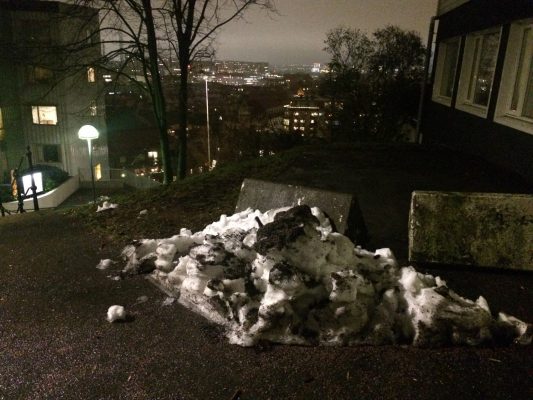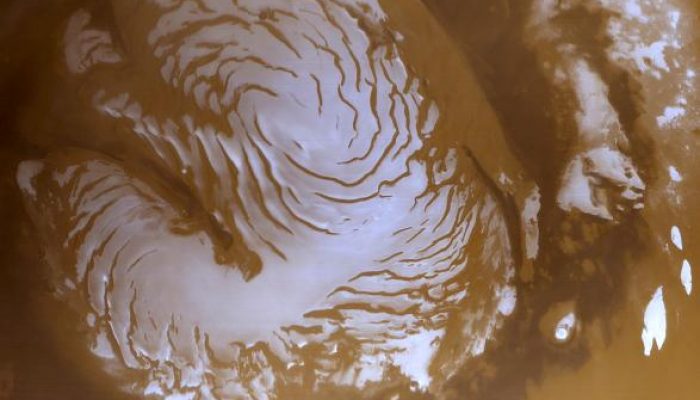Snow, sub-zero temperatures for several days, and then back to long grey days of near-constant rain. A normal winter week in Gothenburg, south-west Sweden. Yet as I walk home in the evening, I can’t help but notice that piles of ice have survived. Using the equations that I normally need to investigate the demise of Greenland glaciers, I want to know: how hard can it be to melt this pile of ice by ...[Read More]
Image of the Week – Microbes have a crush on glacier erosion
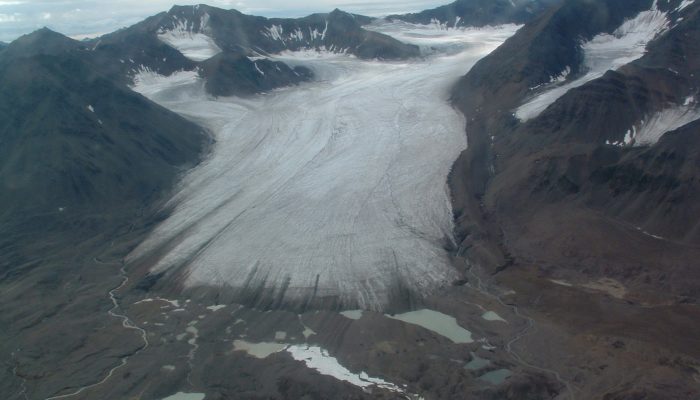
Glacier erosion happens at the interface between ice and the ground beneath. Rocks are ground down to dust and landscapes shaped by the flowing ice. While these might be hotspots for erosion, the dark and nutrient-poor sites are unlikely environments for biological activity. However, experiments suggest there may be novel sources of energy powering subglacial microbial life… Where there is water, ...[Read More]
Image of the Week – Ice caps on Mars?!
Much like our Planet Earth, Mars has polar ice caps too, one for each pole: the Martian North Polar Ice Cap (shown on our image of the week) and the Southern Polar Ice Cap. Yet, their composition and structure reveals these ice caps are quite different from those of Planet Earth… Mars refresher As a refresher, here are some Mars facts: Mars is the 4th planet from the sun. Its equatorial dia ...[Read More]
Image of the Week – Arctic changes in a warming climate
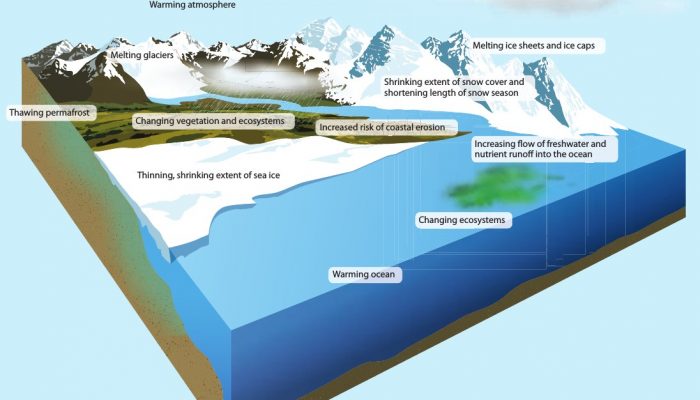
The Arctic is changing rapidly and nothing indicates a slowdown of these changes in the current context. The Snow, Water, Ice and Permafrost in the Arctic (SWIPA) report published by the Arctic Monitoring and Assessment Program (AMAP) describes the present situation and the future evolution of the Arctic, the local and global implications, and mitigation and adaptation measures. The report is base ...[Read More]
Image of the Week – Vibrating Ice Shelf!
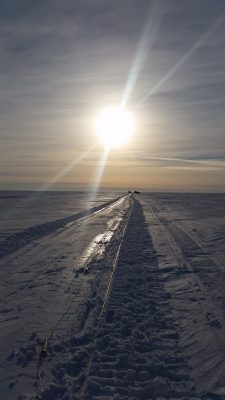
If you listen carefully to the Ekström ice shelf in Antarctica, a strange sound can be heard! The sound of a vibrating truck sending sounds waves into the ice. These sound waves are used to “look” through the ice and create a seismic profile of what lies beneath the ice surface. Read on to find out how the technique works and for a special Cryosphere Christmas message! What are we doing with this ...[Read More]
Image of the Week – Understanding Antarctic Sea Ice Expansion
Sea ice is an extremely sensitive indicator of climate change. Arctic sea ice has been dubbed ‘the canary in the coal mine’, due to the observed steady decline in the summer sea ice extent in response to global warming over recent decades (see this and this previous posts). However, the story has not been mirrored at the other pole. As shown in our image of the week (blue line in Fig. 1), Antarcti ...[Read More]
Image of the Week – Searching for clues of extraterrestrial life on the Antarctic ice sheet
Last week we celebrated Antarctica Day, 50 years after the Antarctic Treaty was signed. This treaty includes an agreement to protect Antarctic ecosystems. But what if, unintentionally, this protection also covered clues of life beyond Earth? In this Image of the Week, we explore how meteorites found in Antarctica are an important piece of the puzzle in the search for extraterrestrial life. Meteori ...[Read More]
Image of the Week – Antarctica Day
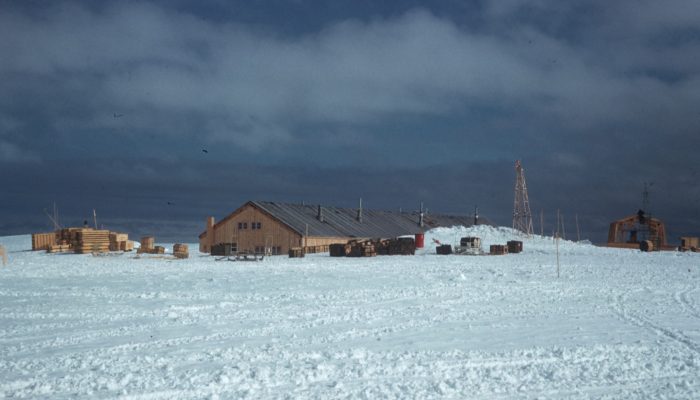
Today, 1st December 2017, marks the 58th anniversary of the signing of the Antarctic Treaty in 1959. The Antarctic Treaty was motivated by international collaboration in Antarctica in the International Geophysical Year (IGY), 1957-1958. During the IGY over 50 new bases were established in and around Antarctica by 12 nations- including this one at Halley Bay which was maintained for over a decade b ...[Read More]
Image of the Week – Does size really matter? A story of ice floes and power laws
The retreating Arctic sea ice is one of the most well-known facets of Climate Change. Images of polar bears desperately swimming through polar seas searching for somewhere to rest and feed resonate strongly with the public. Beyond these headlines however, the Arctic Ocean is displaying a rapid transition from having mostly permanent ice cover to a more seasonal cover. The Marginal Ice Zone As both ...[Read More]
Image of the Week – Ice Stupas: a solution for Himalayan water shortage?
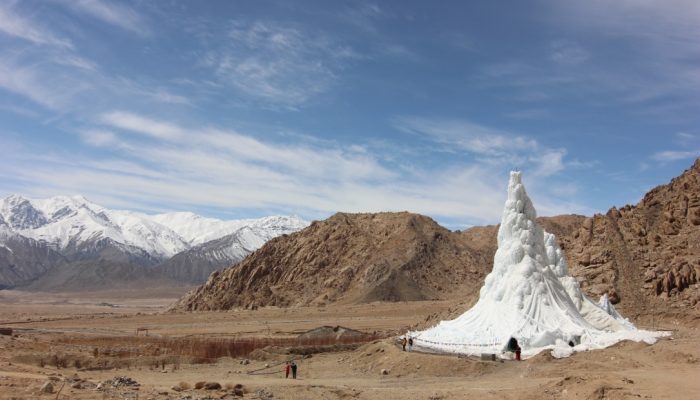
As the world searches for practical innovations that can mitigate the impact of climate change, traditional methods of environmental management can offer inspiration. In Hindu Kush and Karakoram region, local people have been growing, or grafting, glaciers for at least 100 years. Legend has it that artificial glaciers were grown in mountain passes as early as the twelfth century to block the advan ...[Read More]

